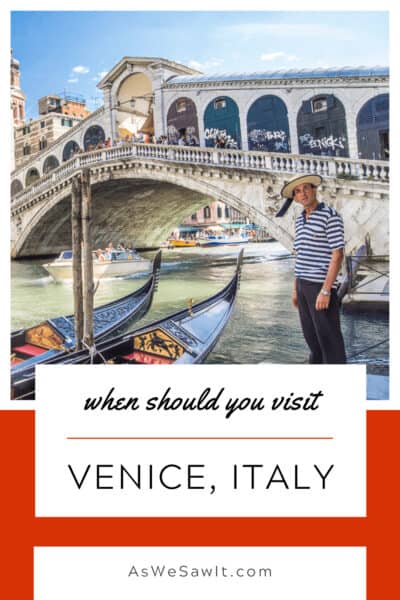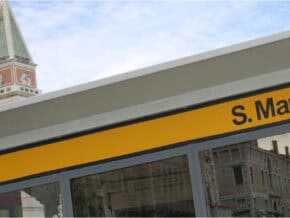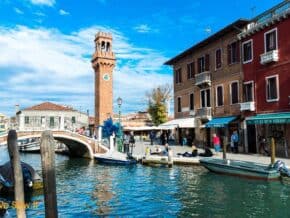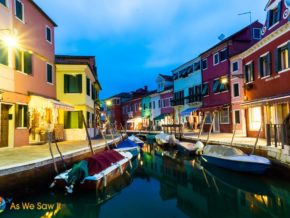Venice, with its winding canals, romantic gondolier rides, and timeless beauty, is a bucket-list destination for many of us. But navigating the seasons and understanding what each season is like can be tricky.
I'm going to cut through the confusion and help you choose the ideal time for your Venetian adventure.
Read on and discover the secrets of each season, from gondola-friendly weather to budget-friendly crowds, and unlock the Venice that best suits your travel dreams.
Quick Mini Guide To Venice
If time is of the essence, this succinct guide to Venice will ensure a journey filled with cherished moments!
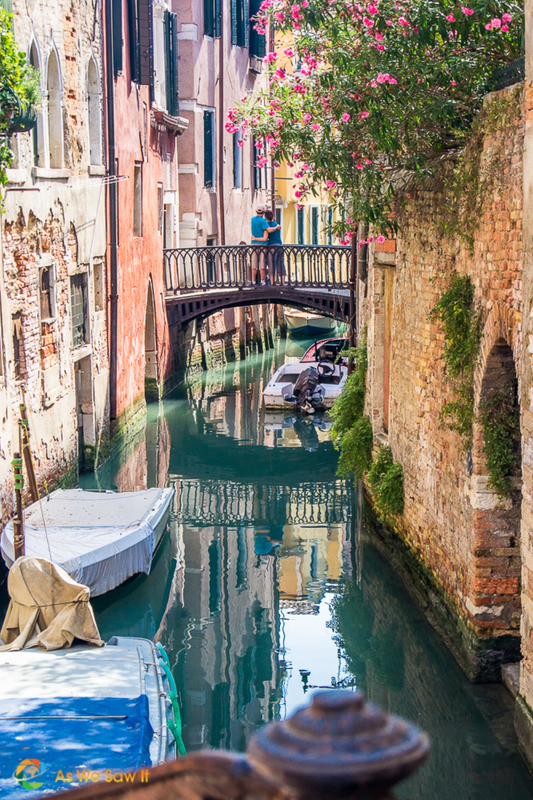 Where to Stay:
Where to Stay:
– Ca' San Rocco (close to Santa Lucia Train Station)
– Canaletto Luxury Suites (beautiful view of the city)
– Casa Segalin (budget and spacious apartments)
When to Visit:
– Summer (June – August) is peak season
– Shoulder Season (May and September) is optimal
– Off-Season (November-February) has rainy weather
Things to Do:
– Visit all the major attractions
– Attend the world-renowned Venice Film Festival
– Visit several bars, restaurants and foodie hotspots
– Traverse the canals of Venice aboard a traditional gondola
IMPORTANT: To experience Venice's summer charm, book your stay early as the city buzzes with tourists and hotels fill up fast!
Find the best time to visit Venice
The decision of when to travel to Venice depends on your travel style and Venice's seasonal rhythm. Each season paints Venice in a different light, so let's explore the options.
Here's a TL;DR chart to help you find the perfect match for your Venetian adventure.
| Time of Year | Weather | Tourist Activity | Recommendations |
|---|---|---|---|
| Peak Season (June-August) | Hot & Humid | High | Ideal for those who enjoy crowds and festivities. |
| Shoulder Season (March-May, September-October) | Pleasant | Moderate | Good weather along with moderate tourist crowds. |
| Off-Season (November-February) | Cool | Low | Best for those who prefer a quieter experience and don't mind potential acqua alta (high water). |
Venice in the Spring (March-May)
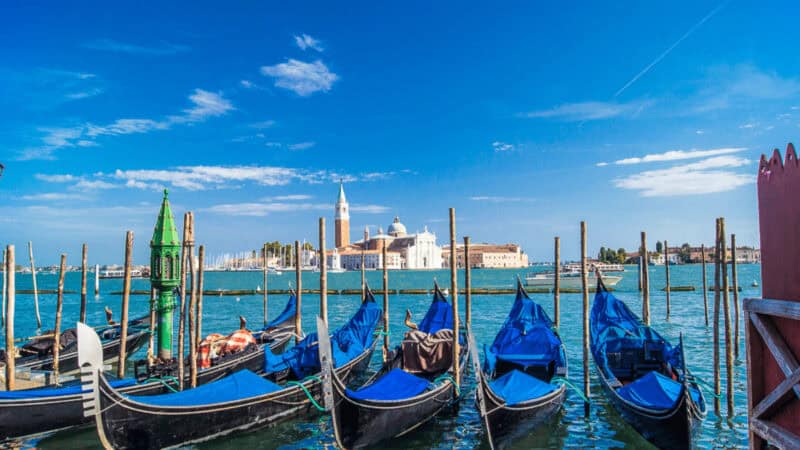
Weather: Spring temperatures usually range from the 50s to the low 70s (Fahrenheit), with sunny and mild conditions. Spring gets less rain compared to winter, but it still averages over 2 inches of monthly rainfall until June. On the plus side, this transition period brings a sense of renewal as Venice blossoms with vibrant colors and new life.
Tourism: Spring sees a moderate number of visitors, as the massive summer crowds have yet to arrive. Yet, the arrival of Easter and spring breaks in April may attract more tourists to the city, so expect higher prices then.
This is shoulder season, so hotel prices and flights to Marco Polo Airport are typically 30–40% cheaper than they will be in the summertime.
Events/Festivals: Spring in Venice features vibrant festivals celebrating the city's cultural heritage. These events draw tourists from around the globe, bolstering the local economy and upholding Venice's traditions.
In April, the Feast of San Marco features parades, concerts, and the tradition of presenting rosebuds on St. Mark's Day (April 25th). Two weeks later, on May 9th, Festa della Sensa features a parade of traditional boats and rituals symbolizing the city's relationship with the sea.
- Pros: Spring brings mild 60-degree temperatures, making outdoor sightseeing more enjoyable. Since spring is shoulder season, you can find big discounts on hotels, flights, and many sites. This makes it a great time to go without the usual tourist crowds.
- Cons: Winter's rains are still falling into May, making spring weather very unpredictable. As spring ends and summer begins, there will be some cool, rainy days mixed in with the warm ones. Additionally, Venice gets a lot of people over Easter weekend and during the spring holidays in March and April.
Summer in Venice (June-August)
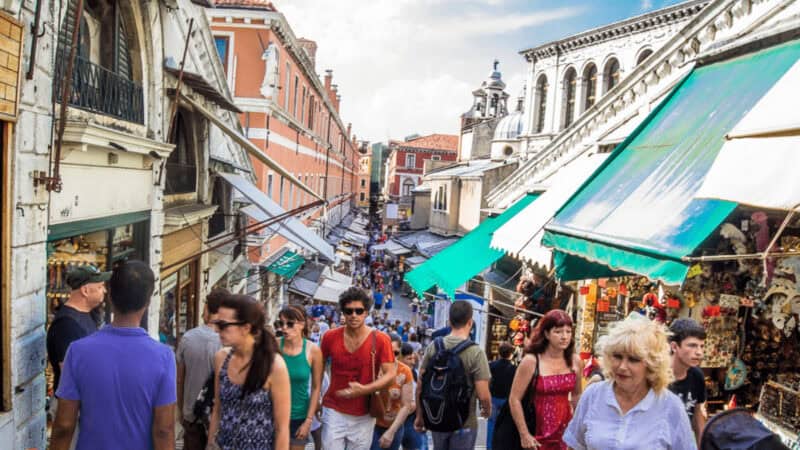
Weather: During the summer, Venice experiences hot and extremely humid weather, with average temperatures typically ranging from 75 to 85 degrees Fahrenheit. The city's sticky humidity can push the summertime heat into the 80s on most days, but evenings are comfortable for outdoor activities.
Tourism: During summertime, Venice becomes the ultimate tourist destination, with visitor numbers surging as people take advantage of the warm weather and school holidays.
This is peak tourist season, and hotel occupancy rates will reach above 90% throughout the districts. To get the best selection of accommodation, be sure to book ahead!
Events/Festivals: Summer season in Venice comes alive with various festivals, from those honoring food to celebrating the magic of cinema.
You'll find an endless number of musical performances, prestigious art biennales (held every two years), and the magnificent historic Regatta race procession of gondolas and boats around the famous Grand Canal to enjoy.
- Pros: When it's warm outside, you can fully enjoy Venice's open, beautiful outdoor areas and architecture river walks. Fairs put on big shows to celebrate the city's rich history, culture, and art, with lots of fancy events and entertainment.
- Cons: If you're on a budget or don't like crowds, this is not the best time to visit Venice. The city becomes a bustling hive of activity in the summer, with tourists flocking to iconic landmarks such as St. Mark's Square and the Grand Canal. Flight and hotel prices soar, and popular spots become packed, which means long queues at restaurants and attractions. As to the weather, summer brings hot days and oppressive humidity, along with occasional thunderstorms.
Autumn in Venice (September-November)
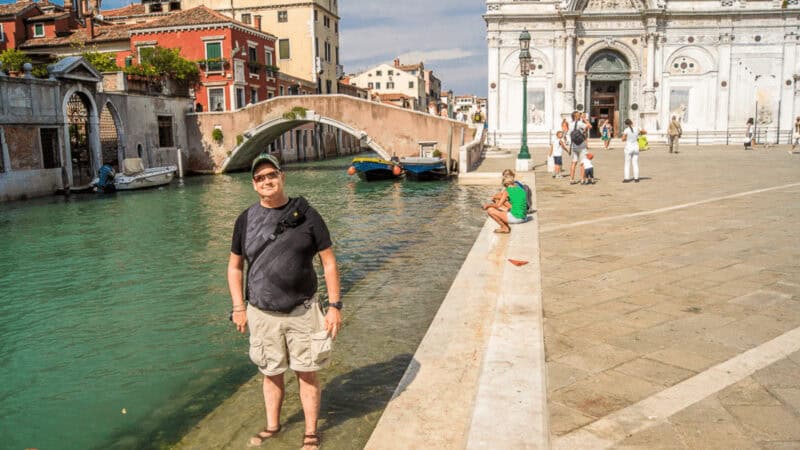
Weather: In the fall, Venice offers comfortable weather without the heat or humidity of summer.
September and October tend to be sunny and mild, with average high temperatures around 18°C (about 64°F) and cool evening lows of about 9°C (about 48°F). By November, the average high is around 55°F (13°C), with lows around 43°F (6°C).
Tourism: As summer vacation hordes disperse after August, the months of September, October, and November witness a dramatic decline in the number of tourists visiting Venice.
This means that you can enjoy the city's grandeur and attractions without having to contend with excessive crowds. More hotel rooms will be available to you now than in the summer as well, thanks to a 65% occupancy rate.
Events/Festivals: Autumn brings much-loved cultural events that tourists can't get enough of, such the Regatta Storica boat races in September and the world-renowned Venice Film Festival in late August and early September, which draws A-listers.
- Pros: The temperature is cooler in the fall, making outdoor touring of Venice's famous canals, bridges, and architecture a more pleasant experience, and the crowds are much lower than they are during the summer. Another perk of the “shoulder season” is the significantly reduced prices on airfare, accommodation, and activities.
- Cons: By November, days turn cooler with increased wind and rain, requiring warmer layers. Some museums, tours and restaurants have begun reducing hours or closing in preparation for the winter off-season slump. (Though more restaurants and popular attractions are now open year-round to accommodate demand.)
Venice in Winter (December-February)
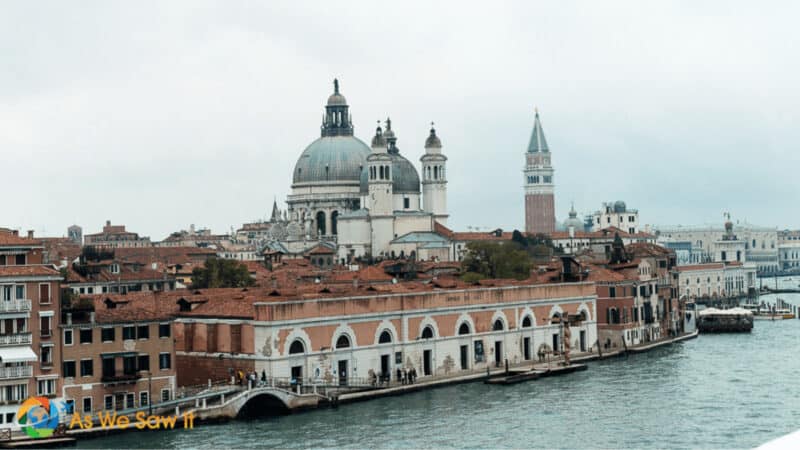
Weather: When winter descends, Venice becomes cold, damp, and gray. Fog is frequent, daytime highs rarely get above 40-50 degrees Fahrenheit, and the wind and frost can make the air feel bitingly cold. But golden winter sunrises still reflect off the Grand Canal and other famous waterways in an absolutely stunning way.
Tourism: Once the Christmas and New Year's holiday rush dies down, tourism drops significantly. As a result, January and February travelers may enjoy a much more peaceful and local experience in Venice, with 30-40% fewer crowds and tourists. You’ll have your choice of rooms, too, because the winter occupancy rate for many hotels drops below 50%.
Events/Festivals: Winter in Venice kicks off on November 21st with the grand Feast of Santa Maria della Salute, hailing the city's deliverance from plague. Then come the Venice Christmas markets, filling piazzas with seasonal cheer and goodies.
January 6th brings the Festival Epifania, showcasing Venice's unique customs like the La Befana Boat Race. And finally, the world-renowned Carnevale di Venezia explodes in February, drawing costumed crowds to St. Mark's Square for an unforgettable cultural spectacle. It's the highlight of the winter season!
- Pros: Wintertime in Venice offers a more secluded, intimate experience for tourists. Since there are considerably fewer tourists at this time of year, you can expect lower airfares, accommodations for 50-65% less, and fewer crowds at famous tourist spots.
- Cons: Winter is not the best time to explore the outdoors around Venice due to the heavy rain, bitter cold, short days, and early sunsets. There will be fewer dining options and many sites and tours will have limited winter hours.
Venice temperatures month by month
| Month | High Temp | Low Temp | Rainfall |
|---|---|---|---|
| January | 7.3°C/45.1°F | 1.8°C/35.2°F | 64mm/2.5in |
| February | 8.8°C/47.8°F | 2.4°C/36.3°F | 66mm/2.6in |
| March | 9.1°C/48.4°F | 5.4°C/41.7°F | 50mm/2.0in |
| April | 13.3°C/55.9°F | 8.3°C/46.9°F | 70mm/2.8in |
| May | 17.4°C/63.3°F | 12.4°C/54.3°F | 65mm/2.6in |
| June | 22.4°C/72.3°F | 15.9°C/60.6°F | 80mm/3.1in |
| July | 28.3°C/82.9°F | 18.3°C/64.9°F | 65mm/2.6in |
| August | 28.9°C/84.0°F | 18.9°C/66.0°F | 65mm/2.6in |
| September | 23.4°C/74.1°F | 15.4°C/59.7°F | 70mm/2.8in |
| October | 17.4°C/63.3°F | 11.4°C/52.5°F | 75mm/3.0in |
| November | 11.9°C/53.4°F | 6.9°C/44.4°F | 65mm/2.6in |
| December | 7.9°C/46.2°F | 2.4°C/36.3°F | 50mm/2.0in |
Final thoughts about finding the best time to visit Venice
I've discussed the Venetian seasons, but the truth is, there's no one-size-fits-all answer to the “when” question. At the end of the day, “when to visit Venice” is all about finding the timing that fits your preferences.
Considering your budget, crowd tolerance, and desired activities, I hope this guide has helped you find your ideal time of year for a Venice vacation.
Inspired? Pin this post and share it with your friends!
